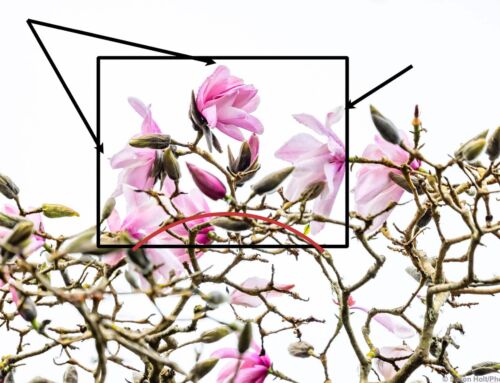
The very first lesson of taking a good pictures is simply to go out and take pictures. You can’t do it unless you are out with a camera. This is at the heart of the popularity of camera phones – they are always with you and ready when inspiration strikes. I won’t digress here about the “inspiration” and proliferation of selfies, but we have all been glad to have a our smart phones with us at one time or another.
When I was out yesterday I noticed the low winter light was playing dramatically with the green grasses on our California hills. We are in a winter drought here, with barely enough rain to get the grasses going, but for a very short time now they are looking wonderful. I took detour down a country road and used my iPhone to grab this shot I posted to Instagram.
The inadequacy of that camera is partially due to my own stubborn refusal to learn how to use it, but I was very disappointed in the results. A decent composition but I knew the hills were much prettier than the phone capture, and knew the combination of light and this exact spring day, with the oaks just barely leafing, out was a special opportunity. So I grabbed my real camera, a couple lenses, my tripod, and set out into the late afternoon light in hills of Mt. Burdell State Park, which dominates the view from my office here in Novato, California.
The light was even lower in the sky by the time I dashed up the mountain a ways. The backlight opportunities were obvious. The grasses sparkled with the sun shining through them. The massive tree trunks became sculptural.
Light is the lifeblood of photography and especially for the landscape photographer. I have written a lot about it in The Leaning Center and almost always look for back light to make plants glow. “Good light” has to be recognized and the photographer has to learn to understand how the camera captures it.
The camera has a built in light meter that assumes the scene is “average”. But when the lights not average, the photographer must learn how to compensate, how to make the camera see what the photographer sees.
Before and After Slider
The bright, airy spring feel of the final image is a result of more than simply adding more light (exposure) to the original though. The magic of Photoshop allowed a series of manipulations that opened up the shadows and adjusted various density levels within the digital file.
I won’t go into the technical details but it is a joy to have the power of the digital tools, and a camera that can capture enough information so that the photographer can decide how to use it. This is not a photo from a camera phone.











Leave A Comment